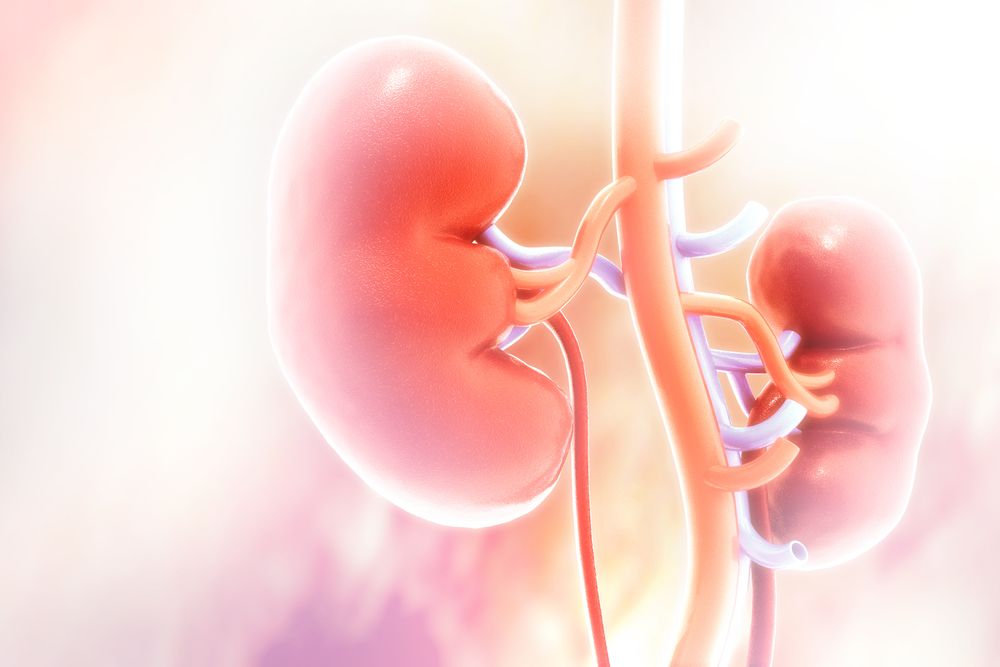Flash Monitoring Could Prove Useful for Glucose Monitoring in Hemodialysis, Regardless of Diabetes Status

New research indicates use of flash glucose monitoring could prove useful for glucose monitoring in hemodialysis patients with or without diabetes.
An analysis of 15 people receiving hemodialysis over a 14-day period using the FreeStyle Libre device, results of the study suggest that while flash glucose monitoring systematically underestimated blood glucose in hemodialysis patients, with a simple adjustment the approach could be useful for glucose monitoring in this patient population, regardless of diabetes status.
“Hemodialysis patients without diabetes are at increased risk for hypoglycemic episodes due to a number of factors, e.g. reduced insulin clearance and reduced food intake,” wrote investigators.“Thus, [flash glucose monitoring] might represent a valuable tool to evaluate hemodialysis patients without diabetes with suspected hypoglycemic episodes and [flash glucose monitoring] might be used to evaluate the effect of subclinical hypoglycemic episodes on perceived dialysis fatigue, both, on an individual patient level as well as in the setting of clinical studies.”
As glucose monitoring technology continues to advance, use in patient populations outside of diabetes, including in-hospital settings, has become a prominent research interest. The current study was launched with the interest of assessing whether flash glucose monitoring in hemodialysis patients with and without diabetes could be an option for glucose monitoring and thereby reduce need for regular self-punctures. With this in mind, investigators enrolled 15 hemodialysis patients who would be given a FreeStyle Libre device and followed for 14 days. After collecting data related to interstitial glucose from these patients, results were compared against the results of simultaneously performed self-monitoring.
Of the 15 patients included in the trial, 8 had diabetes and 7 had no diagnosis of diabetes. Compared to those without diabetes, participants with diabetes were older (76±7 vs 65±13 years), more likely to be female (37% vs 14%), and had greater mean BMI (32.5±4.0 vs 24.5±4.0 kg/m2).
Overall, 720 pair measurements were obtained during the study period. Upon analysis, results indicated mean flash glucose values were significantly lower than self-measure capillary values (6.12±2.52 vs 7.15±2.39 mmol/L; P=1.3, E-86). Further analysis demonstrated the mean absolute relative difference was 17.4% and the mean absolute difference was 1.20 mmol/L.
Investigators pointed out the systematic error observed was significantly greater in patients without diabetes than their counterparts with diabetes (-1.17 vs -0.82 mmol/L) and on dialysis days compared with interdialytic days (-1.09 vs -0.90 mmol/L). An analysis leveraging data from 72 paired measurements of venous blood glucose indicated the systematic error of flash glucose monitoring was even larger (5.89±2.44 vs 7.78±7.25 mmol/L; P=3.74, E-22). Investigators pointed out multiple strategies to reduce the systematic error were evaluated and found the addition of +1.0 mmol/L as a correction term to all flash glucose monitoring values significantly improved accuracy.
“Our study shows that FGM systematically underestimates blood glucose levels in hemodialysis patients. The systematic error depended on diabetes status and dialysis schedule, but these influences were relatively small compared to the overall systematic error of the entire cohort,” investigators concluded. “Importantly, accuracy of FGM can be improved in both, patients with and without diabetes, by correcting for the systematic error, e.g. via a correction term of +1mmol/l. Thus, our findings validate FGM as a potentially useful tool for glucose monitoring in hemodialysis patients, when considering and correcting for the systematic error."
This study, “Accuracy of flash glucose measurement in hemodialysis patients with and without diabetes mellitus,” was published in Experimental and Clinical Endocrinology & Diabetes.